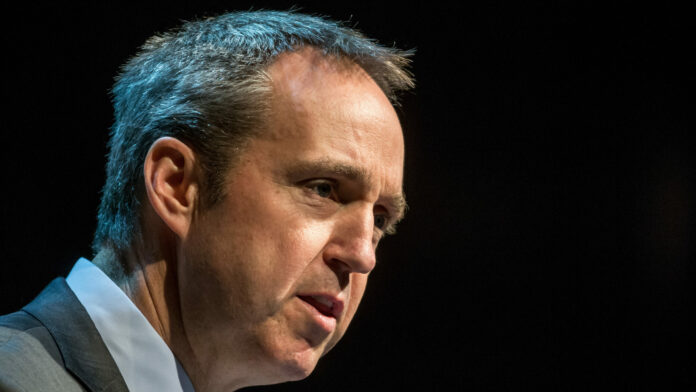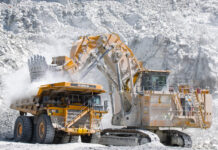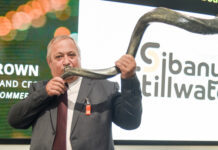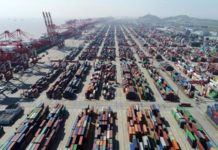
SOUTH32 CEO Graham Kerr says the company is well-positioned after its full-year financial results beat market expectations.
For the 12 months to June 30, the ASX-listed company reported revenue from continuing operations of US$5.4bn, down 3%.
Underlying EBITDA was down 29% to $1.8bn, while underlying earnings dropped 59% to $380m, both of which were higher than consensus estimates.
The company posted a net loss after tax of $203m, down 17%.
Contributing to the loss was post-tax impairments of $388m for Worsley Alumina in Western Australia and $248m for Cerro Matoso in Colombia, which was partially offset by an impairment reverse of $139m for Illawarra Coal following the sale of the business, which was completed today.
Kerr said while the year had not been without its challenges, the company’s disciplined cost management and higher commodity prices had driven a strong performance.
South32 declared a fully franked final dividend of 3.1c per share, or $140m, and expanded its share buyback by $200m.
The company reported net debt of $762m, down $329m over the June half.
“As a business, we’ve probably never been in better shape in terms of balance sheet,” Kerr told analysts today. “The restart of our buyback, that allocation of $200m just reinforces our confidence in the business and where we think we can add value.
“So, from my perspective, the organisation has a really bright future. It’s well positioned.”
After achieving 98% of its revised FY24 production guidance, South32 has forecast low-carbon aluminium production to rise by 17% and copper production to increase by 15% in the 2025 financial year.
SA port congestion
South Africa manganese produced a record 2.17 million tons of manganese ore in the period under review, above the forecast of 2Mt, and the company has guided to output of 2Mt in the next two financial years.
Cost guidance for this year has been set at $3 per dry metric ton unit, free-on-board, above 2024 costs of $2.67/dmtu, due to higher price-linked royalties and the use of higher cost trucking.
Kerr said there was potential to lower costs but it would depend on rail capacity and port bottlenecks. Transnet had allocated around 15% of rail capacity to juniors, which had not been taken up.
“The biggest challenge at the moment for Transnet is they’ve got a number of issues around port congestion at Port Elizabeth, and that probably is meaning that while we’re not seeing the juniors take up any capacity, we are seeing challenges about actually getting the throughput that you would normally expect to get on the rail line, subject to that 15% being allocated to juniors,” Kerr said.
“I think there’s more upside than downside that they can sort through that congestion issue at Port Elizabeth, and again, I would struggle to see that the juniors come online in time to use some of that 15% capacity.
“I do believe there’s an opportunity for us to get more volume on the actual rail, but until they sort out the congestion at Port Elizabeth, we’re not banking that into our base numbers.”
Power contract
Hillside, which is the largest contributor to South32’s revenue, is expected to maintain production at a rate of 720,000t for the next two financial years, though no cost guidance was provided.
At Mozal Aluminium in Mozambique, production will grow to 360,000t in FY25 from 314,000t in FY24, and further to 370,000t in FY26.
The company warned FY26 guidance was subject to the extension of the current power supply agreement, which expires in March 2026.
Kerr said the company was maintaining a high level of engagement with Eskom and Mozambique officials. “It feels like it’s heading in the right direction,” he said.
“Sometimes things in that part of the world just go a little bit slower than we’d actually like, but the indications where we see today have been really positive and certainly supportive when I’ve been there.”











